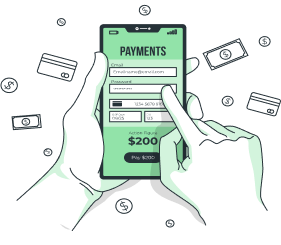1. Component:
- Definition: A component refers to a modular and reusable part of a website or web application. In the context of a website builder, components are pre-built elements or modules that users can add to their web pages. Examples include headers, footers, sliders, and forms.
2. Editor:
- Definition: The editor is the interface or tool provided by the website builder where users can create and modify the content of their website. It allows users to add, edit, and arrange elements on web pages.
3. Variations:
- Definition: Variations are different versions or styles of a specific component or element. Website builders often provide users with multiple variations for components like buttons, headers, or sections. Users can choose the variation that best suits their design preferences.
4. Elements:
- Definition: Elements are the individual building blocks that make up a web page. This includes text boxes, images, buttons, and other interactive or static content. Users can manipulate these elements within the editor to create the desired layout.
5. Properties:
- Definition: Properties are the characteristics or attributes of a component or element that users can customize. This includes options such as image, text, category. Adjusting properties allows users to tailor the appearance and behavior of elements.
6. Style Manager:
- Definition: The Style Manager is a tool within the website builder that allows users to manage and customize the overall styles of their website. This includes settings for colors, fonts, and other design elements. It provides a way to control the visual aspects of the site.
7. Navigation:
- Definition: The structure and organization of blocks, divs and sections that allow users to select or modify the structure of component within a specific version. An effective navigation system enhances the user experience by providing easy access to information and improving overall usability.
8. Theme Setting:
- Definition: Theme settings involve configuring the overall design and appearance of a website. This includes choices related to color schemes, and other visual elements that contribute to the overall theme or style of the site.
9. Device Manager:
- Definition: The Device Manager is a feature that helps users optimize the design and layout of their website for different devices, such as desktops, tablets, and mobile phones. It allows customization of how the site appears on various screen sizes.
10. Pages:
- Definition: Pages refer to distinct sections of a website that contain specific content or serve a particular purpose. Each page typically has a unique URL and is designed to present specific information or functionality to visitors.













